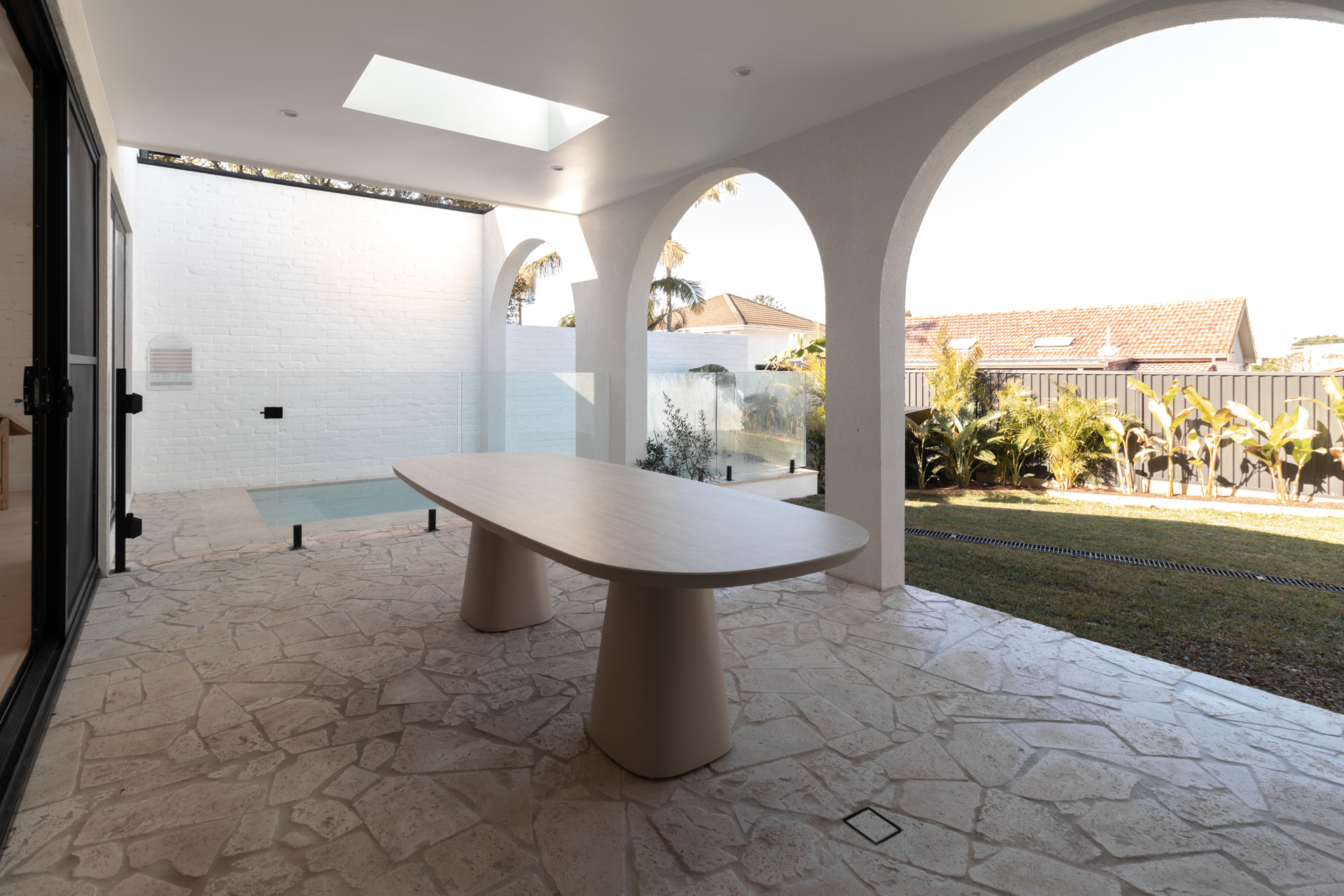
TL;DR:
Choosing between natural stone tiles and porcelain tiles shapes both style and function in high-end projects. Natural stone offers timeless beauty, unique character, and luxury, while porcelain provides durability, low maintenance, and design versatility. Stone-look tiles bridge the two, combining aesthetic richness with practicality. Selecting the right material depends on project context, performance needs, and the atmosphere you wish to create.
In every high-end project, flooring and surfaces do more than set the foundation; they define the architectural character of a space.
Few decisions shape the material palette as significantly as whether to use natural stone tiles or porcelain tiles. Both carry distinct advantages, aesthetic qualities, and long-term considerations.
The right choice depends not only on style but also on function, maintenance, and the atmosphere you want to create.
This ShowTile expert guide explores the strengths of both materials, the role of stone look tiles and porcelain-look tiles, and how each can elevate residential and commercial projects where detail, longevity, and sophistication are paramount.
The Timeless Appeal of Natural Stone
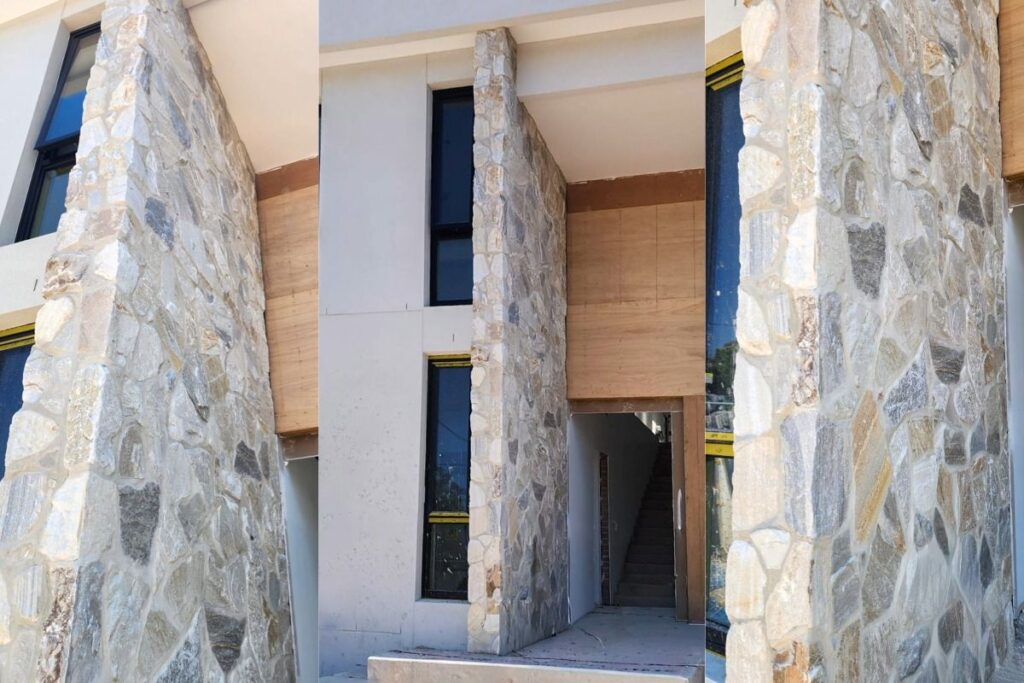
For designers seeking authenticity, natural stone is difficult to surpass. For centuries, natural stone has been synonymous with architectural gravitas. Each slab carries unique veining, tonal variation, and tactile qualities that cannot be replicated.
Natural stone tiles create a sense of permanence and connection to nature, making them an ideal choice for projects that seek authenticity. In bathrooms, polished marble can bring luminosity to vanities and walls.
Outdoors, honed or textured limestone pavers provide a natural, tactile transition into landscaped surrounds.
- Aesthetic depth: Materials such as marble, travertine, and limestone offer subtle shifts in tone and movement that bring depth to surfaces.
- Luxury association: Natural stone is often chosen for statement foyers, en-suites, and kitchens, where its visual impact enhances the perception of quality.
- Longevity: With correct sealing and maintenance, stone can last for generations, becoming more characterful over time.
The Performance and Precision of Porcelain
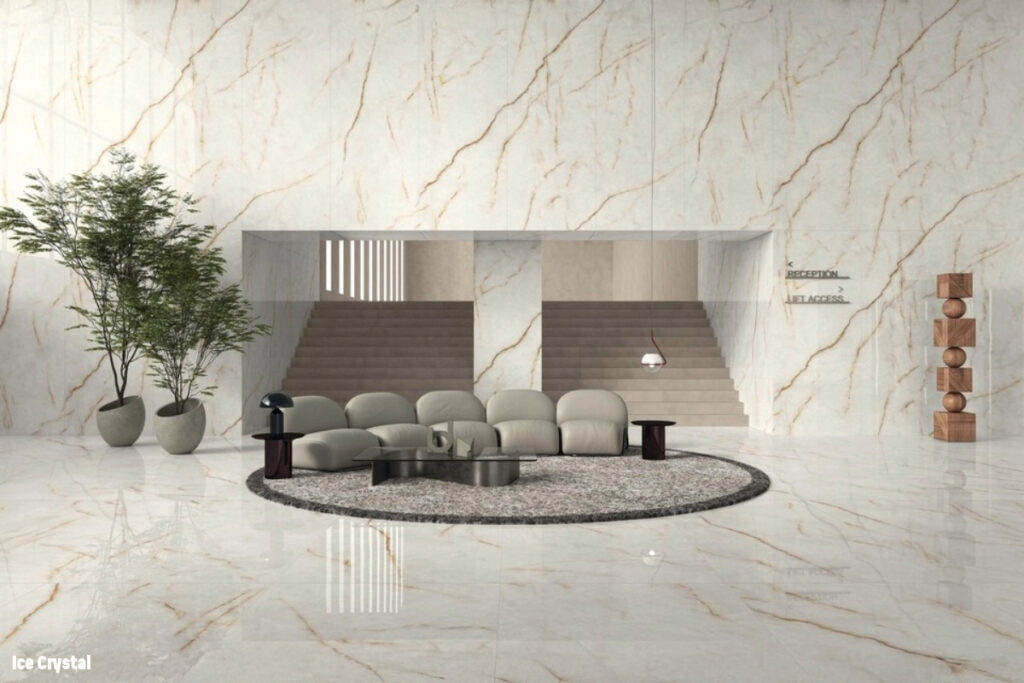
Porcelain has become the contemporary counterpoint to stone.
For clients who love the look of marble without the maintenance commitment, porcelain look tiles offer the drama of veining and the palette of stone, with the practicality of porcelain.
It’s particularly valuable in high-traffic or moisture-heavy settings where maintenance needs to be minimal. This makes them popular for feature bathrooms, restaurant fitouts, and expansive flooring solutions.
Manufactured under high pressure and firing, porcelain tiles are engineered for consistency, durability, and versatility.
- Technical strength: Porcelain resists scratches, staining, and water absorption, making it ideal for kitchens, laundries, and commercial projects.
- Design range: Advances in digital printing allow porcelain to mimic marble, terrazzo, concrete, and timber convincingly.
- Ease of maintenance: Unlike natural stone, porcelain does not require sealing and retains its finish with minimal upkeep.
Stone Look Tiles: Bridging the Two Worlds
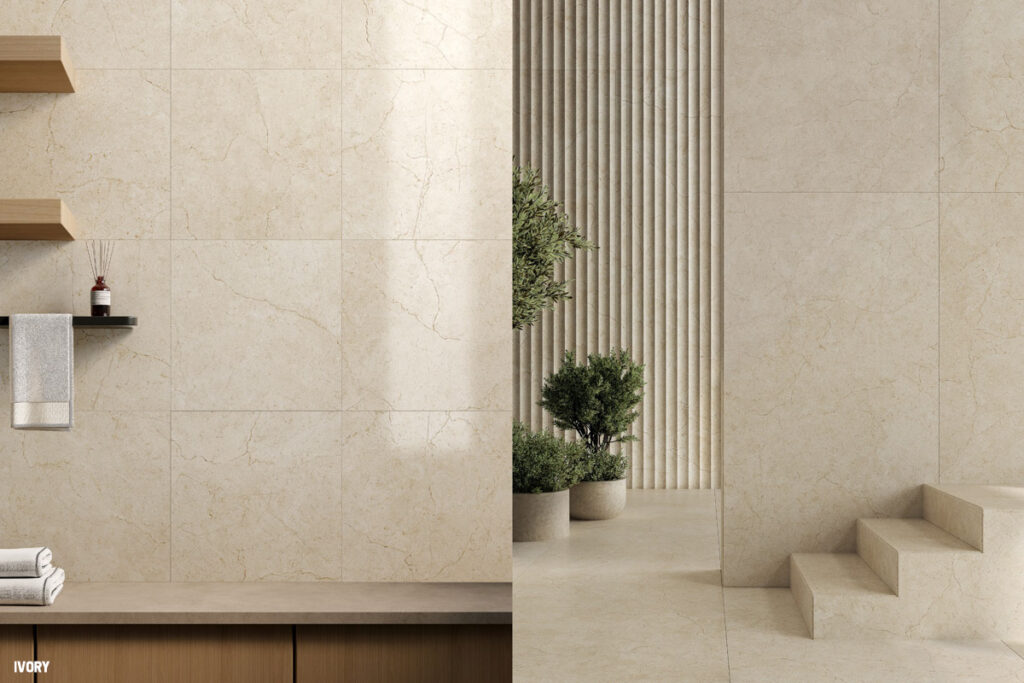
The rise of stone look tiles has blurred the line between natural and manufactured.
By reproducing the detail of natural stone with the precision of porcelain, they allow designers to specify surfaces that achieve the aesthetic richness of stone without concerns about sealing or wear.
This hybrid category expands the design vocabulary, ensuring clients can achieve a curated look without compromise. Matt or honed finishes deliver the tactile quality of stone while offering slip resistance in wet zones.
Neutral palettes of porcelain, travertine, or limestone look tiles are increasingly favoured in contemporary Australian projects for their timelessness and practicality.
Application Considerations
When deciding between natural stone tiles and porcelain slabs, context is key.
Beyond pure function, the decision between natural stone tiles and porcelain tiles often comes down to how the material interacts with light and scale.
Natural stone, particularly polished marbles, reflects light with a depth that changes throughout the day, creating an evolving spatial quality. Honed or textured finishes, by contrast, diffuse light softly, enhancing the tactile feel of a bathroom or living area.
Porcelain, while manufactured, offers designers the ability to control this effect with precision. Ultra-matt surfaces provide a restrained, architectural backdrop, while high-gloss porcelains can replicate the luminosity of polished stone without the maintenance demands.
Large-format porcelain tiles also reduce grout lines, creating the illusion of expansive, seamless surfaces in open-plan spaces.
For high-end projects, these subtle differences in how surfaces absorb or reflect light can determine whether a room feels sculptural and dramatic, or calm and understated.
Designers often use a combination, specifying natural stone for feature zones where movement and variation are celebrated, and porcelain for broader coverage where scale, uniformity, and ease of care are priorities.
Bathrooms and wet areas
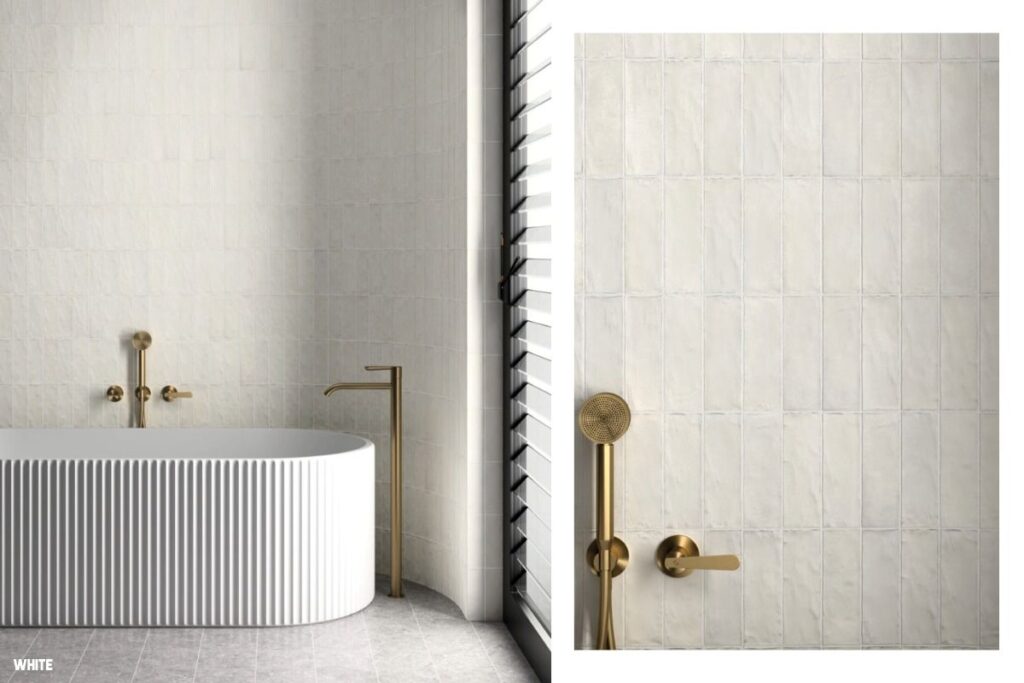
Porcelain’s low porosity makes it a strong candidate as bathroom tiles, whether it be showers, en-suites, and spas.
Stone, while visually striking, requires sealing to resist moisture. Honed finishes are preferable to polished stone in areas exposed to water.
Kitchens and living zones
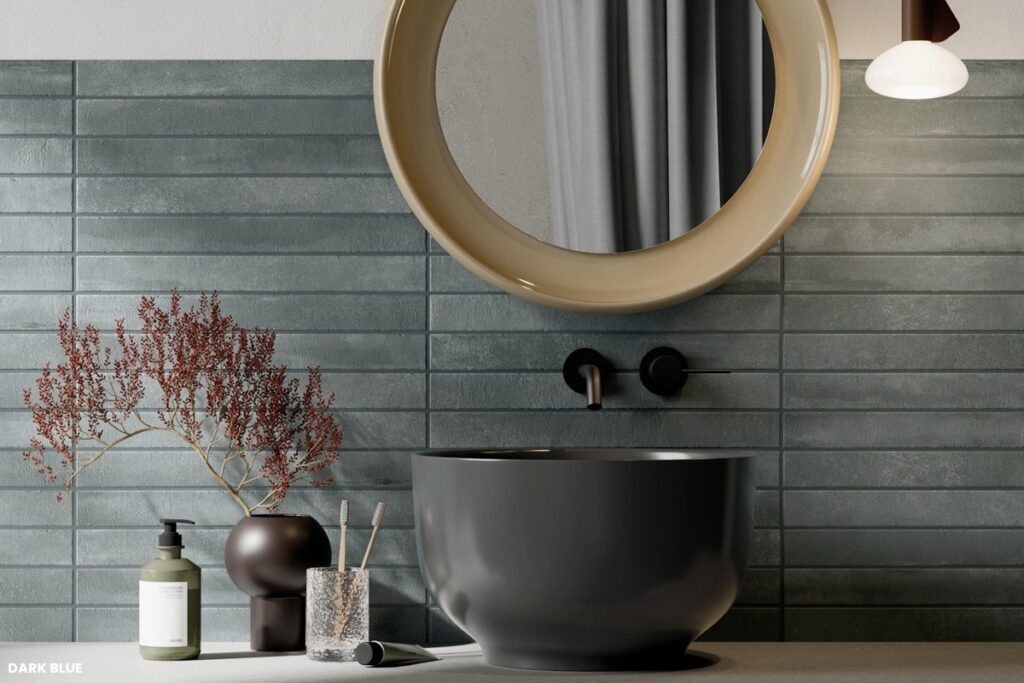
For Kitchen tiles, Stone benchtops and floors bring undeniable character, but porcelain provides ease of cleaning and scratch resistance.
Porcelain look tiles that mimic marble are increasingly specified for family kitchens, balancing drama with durability.
Outdoor spaces
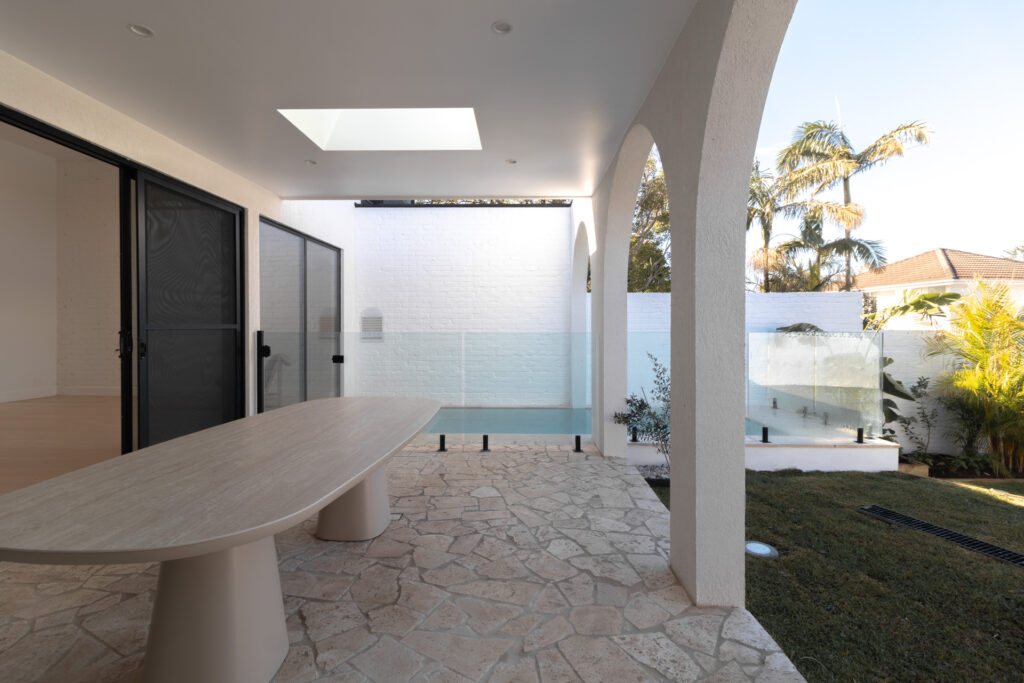
Lets talk Outdoor tiles! Limestone or granite pavers create natural, textural transitions into gardens.
However, outdoor porcelain pavers offer slip resistance and durability under weather extremes, making them ideal for pool surrounds and alfresco dining.
Commercial projects
Porcelain’s consistency and performance make it the material of choice for hotels, retail, and high-traffic lobbies.
Natural stone, however, continues to deliver prestige in boutique hospitality or luxury residential developments.
Sustainability and Sourcing
Another consideration is sustainability. Natural stone requires quarrying and international transport, which carries environmental implications.
Porcelain production is energy-intensive but allows for greater consistency in supply and reduced wastage.
Designers increasingly balance authenticity with sustainability narratives, often combining natural stone feature zones with stone-look porcelain tiles for broader coverage.
This hybrid approach reduces cost and environmental impact while retaining a sense of luxury.
Elevate Your Project with Showtile
Selecting between stone and porcelain is less about material superiority and more about what each can bring to the spatial experience.
Both remain central to high-end design, with the key in understanding how they perform and complement one another.
The decision between stone and porcelain rarely has a single answer. Instead, it comes down to priorities:
- Choose natural stone tiles for authenticity, unique character, and projects where luxury expression outweighs maintenance.
- Choose porcelain tiles for consistency, resilience, and high-performance areas.
- Choose stone look tiles for a balanced solution that delivers design richness with ease of care, perfect for projects that have unique demands.
Our curated collection spans natural stone tiles, porcelain tiles, and stone-look tiles, offering designers the flexibility to achieve layered, sophisticated spaces.
Whether you are specifying for a boutique residence, a multi-residential development, or a hospitality project, our team can provide samples, technical data, and design advice tailored to your vision.



